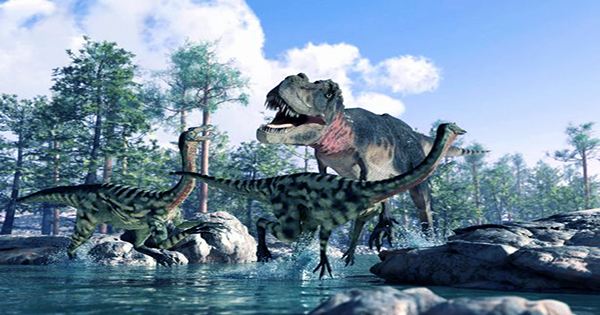A single lump of rock has been unearthed that has preserved hundreds of insect fossils in perfect detail – one of many from a newly discovered location that provides remarkable insight into Australian ecosystems 11-16 million years ago. Paleontologists estimate that they have merely scratched the surface of the new site known as McGraths Flat. Further, notably, the type of rock discovered there has never been linked to good fossil preservation, and the search for more specimens could lead to even bigger discoveries.
The iron-rich goethite at McGraths Flat preserved delicate and fragile portions of plants, insects, and even fish stomach contents, rather than just bones, teeth, and even scales. I hope that there will be plenty to discover at what may become one of the world’s most important fossil sites, and the geology may lead to similar finds elsewhere. Scientists from a dozen institutions have been discreetly digging near Gulgong in Australia’s Central Tablelands for three years and are finally ready to unveil the spot to the rest of the world. They consider it to be one of Australia’s few Lagerstättes or globally significant fossil sites. The team explains the fossils they discovered, as well as the goethite rock that has preserved them, in the journal Science Advances.
Dr. Matthew McCurry of the Australian Museum told IFLScience, “Fossils had been found in goethite before, but they were not of great quality.” As a result, paleontologists did not consider goethite localities to be promising dig sites. Then, on his property, local farmer Nigel McGrath notified the Australian Museum that he had discovered fossilized creatures. Australian fossil sites, particularly those from the mid-Miocene, are uncommon enough that the discovery would have been intriguing even if the preservation was poor. Instead, as the photographs demonstrate, it is stunning.
“Our investigations show that the fossils developed when iron-rich groundwaters drained into a billabong [oxbow lake], and that a precipitation of iron minerals encased species that were living in or fell into the water,” McCurry said in a release. A group of 15 scientists has been exploring the site for three years. Despite its modest size, it is so rich that McCurry estimates that 90% of the findings are yet too discovered. Meanwhile, according to McCurry, they have started exploring other goethite resources.
“The next step is to learn more about the geochemistry and sedimentation conditions that lead to such spectacular fossils,” McCurry added. “This will point us in the right direction so we can go out into the field.” The majority of the species found at McGraths Flat are rainforest natives. Pollen collected there, on the other hand, suggests that drier ecosystems were close. The fossils formed when the continent was drying out and once-vast rainforests were receding to the coast. As a result, we may have a glimpse into the final years of a rich environment before it is supplanted by species that can withstand drought and fire.
Many of the fossils, McCurry told IFLScience, are presumably new species, but confirming that is a lengthy process. Scientists may investigate interior organs, even partially digested meals, exposing predator-prey connections, thanks to the excellent preservation. Similarly, insect damage to plants’ leaves shows their presence. On the head of a sawfly, dozens of pollen grains may observe, allowing identification of the plants it fertilized. The site has yet to be exactly dated, but pollen types detected have yielded a four-million-year range of possibilities.
















